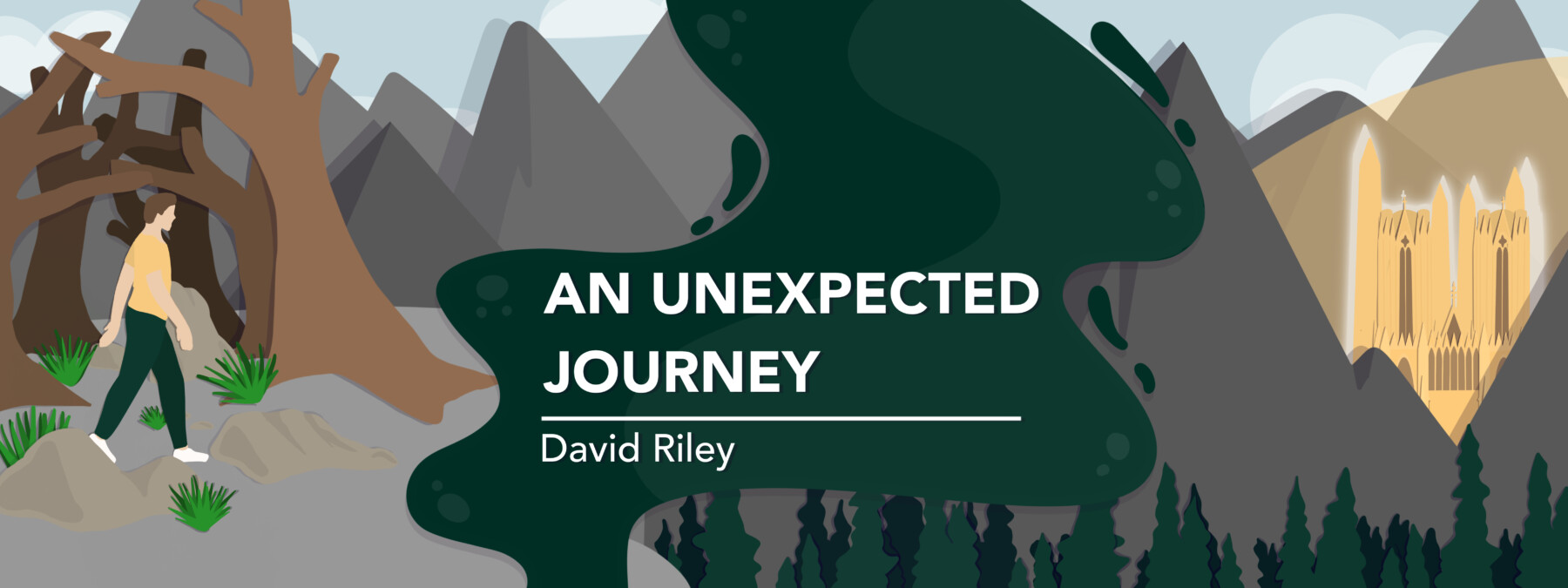FA has contributed meaningfully to how I’m creating art
While my disease may deplete my energy, it's also a driving force in my work

I’ve come across the following succinct statement: “I have FA, but FA doesn’t have me.”
Since I’m a columnist for BioNews, the publisher of this site, I thought I should do some research to find the origin of the pointed phrase, but to no avail. I’m left to suppose the statement originated as an expression of resilience within the Friedreich’s ataxia (FA) community.
Not without merit, the dictum juxtaposes the person as the subject in relation to FA with the person as the object that’s being acted upon by FA. Indeed, this understanding reinforces individuality and uniqueness while combating a victimhood mentality, qualities direly needed in the strange world of today.
But it’s also a reality that FA has affected every facet of my life. In a very real sense, FA does “have me.”
The friendships I keep and how I interact with those around me, my aspirations and motives, and even my vocation as an artist — which I’ve come to accept — have been influenced, in part, by growing up and living with FA.
How so? Why do I refer to being an artist as a vocation — a calling — and in what manner has living with FA influenced my work?
Grasping a vision for my work
My direction as an artist is, perhaps, best expressed in a self-portrait I completed more than a year ago. It depicts me as the shepherd in Jesus’ parable of the shepherd and the lost sheep. In Luke 15, that shepherd leaves his flock of 99 sheep to rescue the one that’s lost. “And when he hath found it, he layeth it on his shoulders, rejoicing” (KJV).
Using the “lesser to the greater” strategy, the passage provides the “lesser” example of a shepherd seeking and rejoicing in finding one lost sheep as a way to give clarity to the “greater” joy in heaven over just one lost sinner repenting. So it was great fun to place myself in the lesser illustration in Jesus’ parable
But more important, my aim as an artist is to ground my work in the Bible. As I seek to live under its authority, assuming there’s room for personal expression in an artist’s work, Scripture is a proper source of inspiration, as it was for so many of the great artists of Western civilization before me.
Therefore, standing on the same ground trodden over by so many and drinking from the same waters where many weary travelers have stopped for refreshment, I press my foot down and take another step as I think on a lingering matter.
I believe art needs to portray the highest of a person’s thoughts.
For me, everything else pales in comparison with the word of God.
Will FA hold me back?
Holding on to the vision until it’s done
I’ve found that having a degenerative neuromuscular disease does hinder my work — at least sometimes. I’ll feel exhaustion and need to stop. I have to split my time with other tasks, needing to make my body fit enough to sit and work for long hours. Other demands press on and drain my limited energy. My balance is so easily upset.
But on the other hand, I’ve come to see how the painful trials I face with FA contribute to a driving force in my creative work. In “The Mind of the Maker,” Dorothy L. Sayers, an early 20th-century British scholar and author, identifies three parts of the creative process, which I’ll borrow: idea, energy, and power.
Understanding the creative process has helped me understand the nature of art.
After grasping the idea I want to express and drawing it down before it vanishes, I need activity, or as Sayers wrote, an energy “working in time from beginning to end, with sweat and passion.” In like manner, the pain of FA increases my perspiration and intensifies my passion.
Blood, sweat, and tears are all byproducts of human labor and are what gives creative power to art.
For those of you who don’t wish to engage with such an analysis of making art, let me be more practical. When I look at art, I’m not drawn in by the idea or even the raw talent on display. What captures me is the careful weaving together of all the separate elements by the unyielding sweat and passion of the artist, the harmonious whole.
And even though FA has its hold on me, I’ll still pursue my vocation and strive to do the kind of art that captures me.
Note: Friedreich’s Ataxia News is strictly a news and information website about the disease. It does not provide medical advice, diagnosis, or treatment. This content is not intended to be a substitute for professional medical advice, diagnosis, or treatment. Always seek the advice of your physician or another qualified health provider with any questions you may have regarding a medical condition. Never disregard professional medical advice or delay in seeking it because of something you have read on this website. The opinions expressed in this column are not those of Friedreich’s Ataxia News or its parent company, BioNews, and are intended to spark discussion about issues pertaining to Friedreich’s ataxia.









Comments